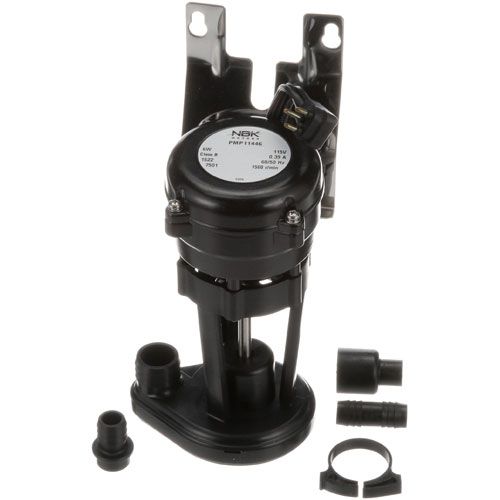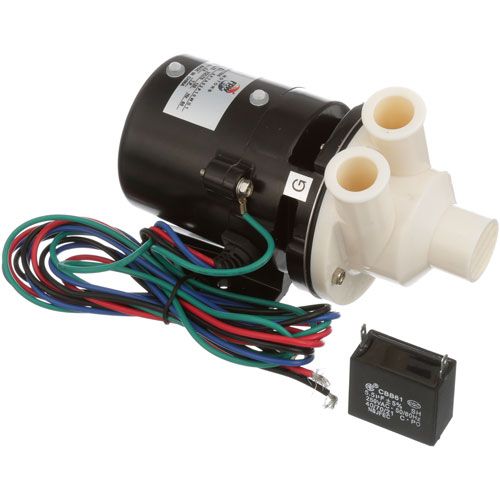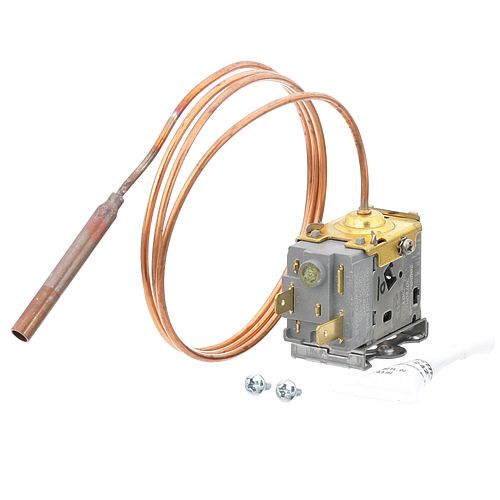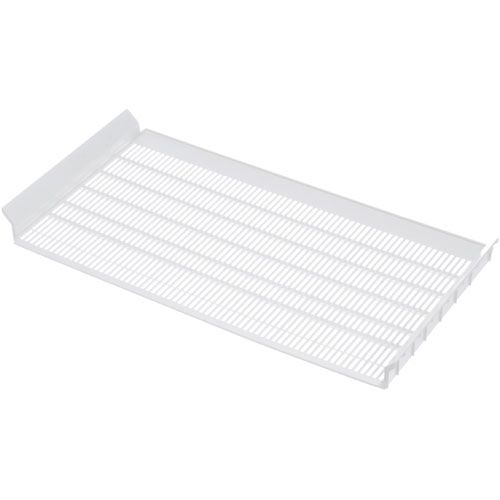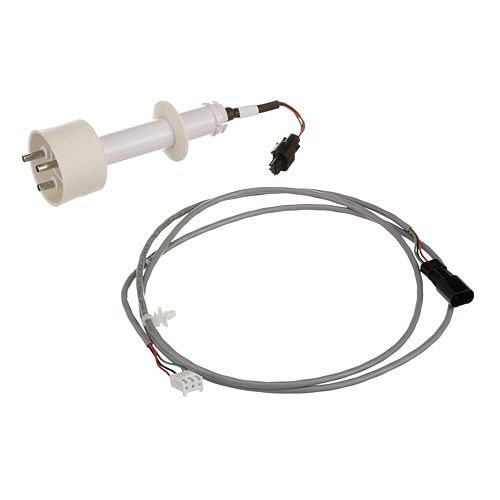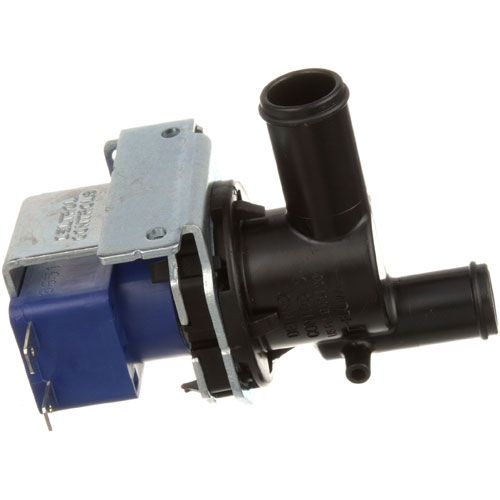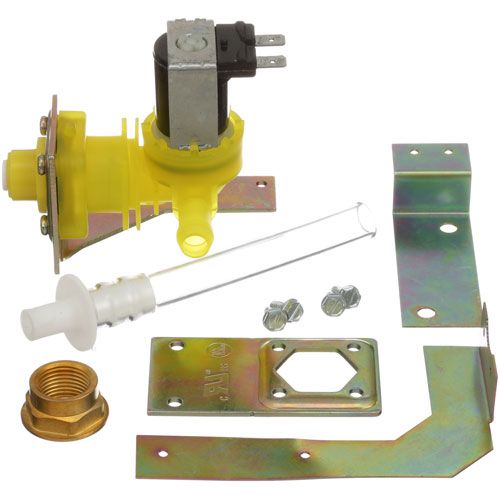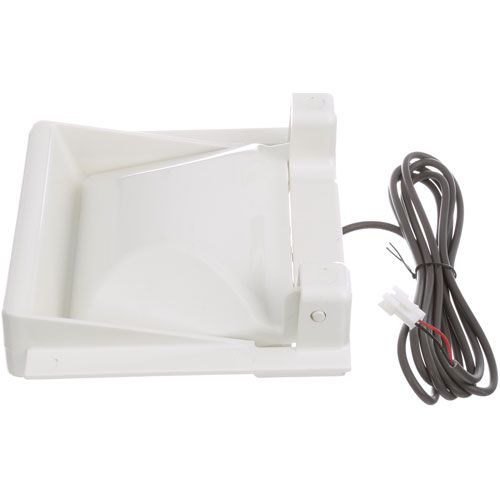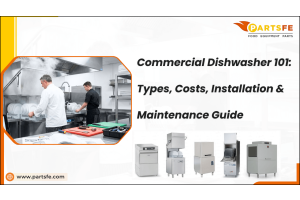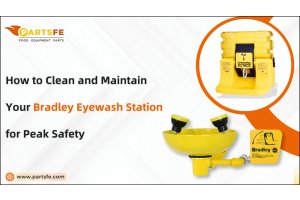Top 10 Ice Safety Tips for Restaurants, Bars, and Hotels: Explore Now
Ice safety is paramount in food and beverage establishments, including restaurants, bars, and hotels. Ensuring the safety and quality of ice not only upholds hygiene standards but also safeguards the health and well-being of patrons. Contaminated or improperly handled ice can lead to serious health risks, tarnishing the reputation of the establishment and leading to potential legal repercussions. Therefore, maintaining rigorous standards for ice safety is critical to upholding the establishment's integrity and ensuring customer satisfaction. Regarding ice machines in commercial establishments like restaurants, bars, and hotels, adhering to health codes is crucial to ensuring food safety and hygiene standards. Here are some common health codes related to ice machines
| Table of Contents: Regular cleaning of ice machines Proper hand hygiene practices Storage and handling procedures Use of clean ice containers Temperature control measures Prevention of cross-contamination Proper cleaning and sanitization Inspection of ice quality Educating staff and customers Regular equipment maintenance and inspections |
Regular cleaning of ice machines
When it comes to regular cleaning of commercial ice machines, it is essential to ensure optimal performance and hygiene. Regularly clean the interior of the ice machine, including the restaurant ice bin and the ice-making components, with a solution recommended by the manufacturer. This helps remove mineral deposits, scale, and slime that can accumulate over time. Wipe down the exterior of the machine with a damp cloth and mild detergent to keep it free from dust, dirt, and spills.
- Sanitizing the ice storage bin: Periodically, sanitize the ice storage bin to prevent the growth of bacteria and mold. This can be done using a commercial ice machine sanitizer according to the manufacturer's instructions.
- Changing the water Filter: Replace the water filter at the recommended intervals to ensure that the ice machine cleaning produces high-quality, clean ice. This is crucial for maintaining the taste and purity of the ice.
- Inspecting and cleaning the condenser: Regularly inspect and clean the condenser coils to ensure optimal cooling efficiency. Dust and debris can accumulate on the condenser, reducing airflow and causing the machine to work harder, potentially leading to breakdowns.
- Checking and adjusting ice machine settings: Monitor the ice machine settings, such as ice production levels and harvest times, to ensure they are optimized for your specific needs and the environment in which the machine operates.
Refer: 5 Signs You Need To Replace Or Clean Your Ice Machine
Proper hand hygiene practices
- Handwashing duration: Wash your hands with soap and water for at least 20 seconds; and lather the backs of your hands, between your fingers, and under your nails. This duration helps ensure thorough cleaning and disinfection. An ice machine scoop and holder help maintain hygiene by providing a designated tool to handle ice, preventing direct hand contact, and reducing the risk of contamination.
- Use of soap: Use antibacterial or regular soap when washing hands. Soap helps break down dirt, grease, and germs present on your hands, making it easier to rinse them away.
- Water temperature: Warm water is generally more comfortable for handwashing, but the temperature itself does not significantly impact the effectiveness of hand hygiene. The most crucial aspect is using soap and thoroughly washing all parts of your hands.
- Drying hands: After washing your hands, dry them with a clean towel or air dryer. Drying hands is an important step, as wet hands can attract and spread germs more easily.
- When to wash hands: Wash your hands before and after preparing food, after using the restroom, after touching shared surfaces or objects, after sneezing or coughing, and any time your hands appear visibly dirty.
- Hand sanitizers: Hand sanitizers with at least 60% alcohol content can be used when soap and water are not readily available. Ensure to rub the sanitizer over all surfaces of your hands until it is dry.
- Regular handwashing: Make handwashing a regular daily habit, especially in high-risk situations, to maintain good hand hygiene.
Storage and handling procedures
Designate a specifically designated, clean area for storing ice scoops to prevent cross-contamination. Ensure that this area is separate from other utensils and is kept in a sanitized condition to maintain the cleanliness of the scoops. Emphasize the importance of using gloves or clean utensils when handling ice. Direct contact between bare hands or dirty utensils and the ice should be avoided to minimize the risk of contamination, ensuring that the ice remains safe for consumption.
Use of clean ice containers
Ensure that bar ice bins and storage containers are regularly cleaned and sanitized according to the manufacturer's recommendations or industry standards. Regular cleaning helps prevent the buildup of contaminants and maintains the hygiene of the ice storage containers. Any ice that comes into contact with unsanitary surfaces or is suspected of contamination should be promptly discarded. This practice ensures that only clean and safe ice is used for consumption. By following these guidelines, you can help maintain the cleanliness and safety of ice stored in containers, minimizing the risk of contamination and promoting good hygiene practices.
Temperature control measures
To reduce ice bucket, consider implementing portion control measures and ensuring the ice machine produces the necessary amount of ice to minimize excess.
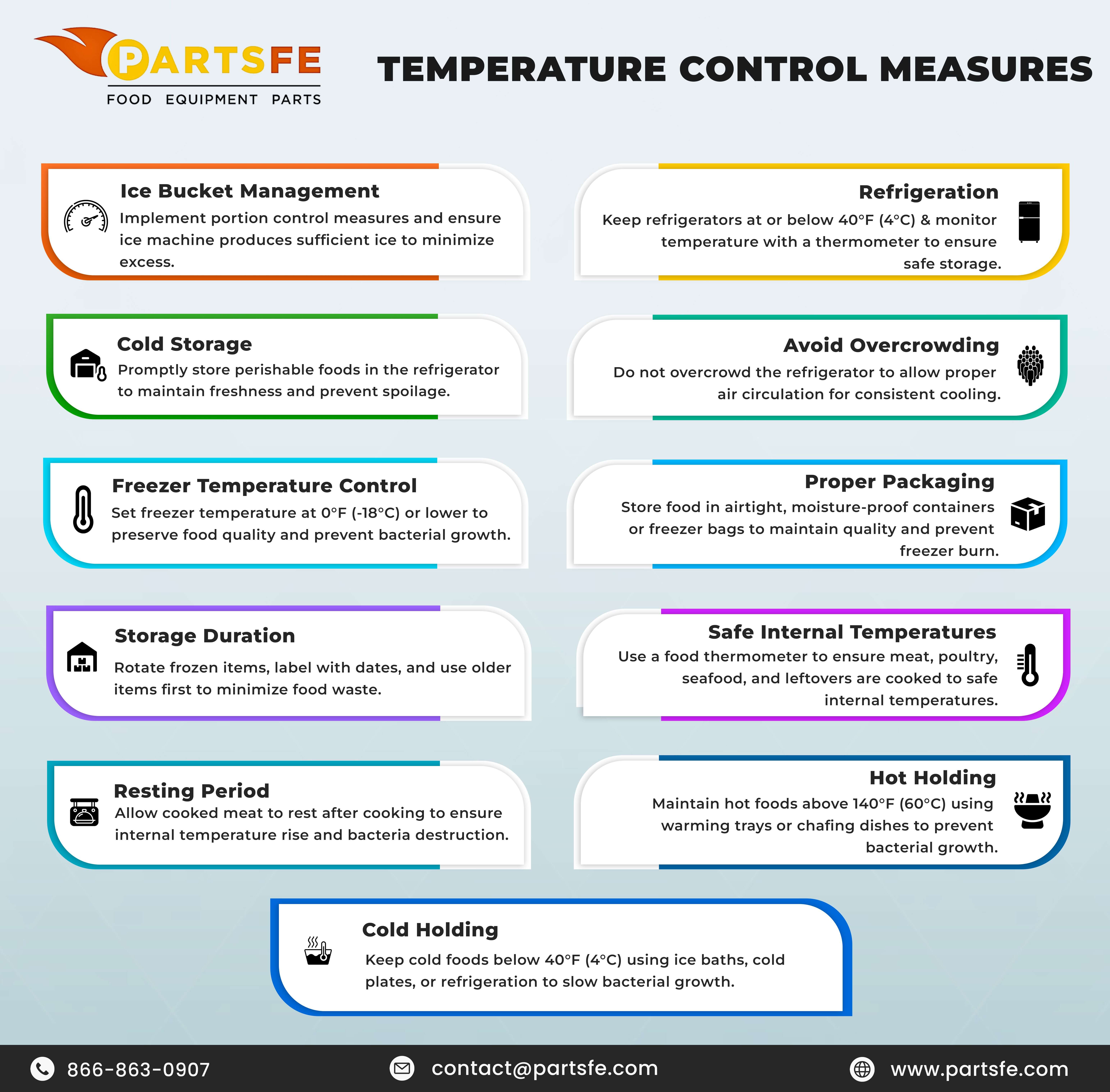
Prevention of cross-contamination
Preventing cross-contamination is vital to ensuring food safety and maintaining a hygienic environment. Store raw meats, poultry, seafood, and eggs separately from ready-to-eat foods to prevent the transfer of harmful bacteria. Use designated storage areas or containers to avoid contact between different types of food. Use separate cutting boards, utensils, and countertops for raw and cooked foods to avoid cross-contamination. Consider color-coding utensils to easily differentiate between items.
Proper cleaning and sanitization
- Surfaces: Clean and sanitize food preparation surfaces, countertops, and equipment regularly to avoid hotel ice machine bacteria that can lead to cross-contamination.
- Utensils: Wash utensils, cutting boards, and dishes with hot, soapy water after each use to prevent the spread of bacteria. You can also sanitize them in a dishwasher or with a sanitizing solution.
- Hand hygiene: Handwashing: Encourage proper handwashing practices among food handlers before and after handling food, using the restroom, or touching potentially contaminated surfaces.
- Gloves: When appropriate, use gloves when handling food to create a barrier between hands and food items, minimizing the risk of cross-contamination.
- Food handling: Avoid Bare-Hand Contact: Minimize bare-hand contact with ready-to-eat foods, especially fruits, vegetables, and other items that won't undergo further cooking.
- Refrigeration: Store perishable items promptly in the refrigerator or freezer to maintain their freshness and prevent spoilage.
Inspection of Ice Quality
Maintaining the quality of ice is crucial for ensuring food safety standards are met.
- Visual inspection: Regularly visually inspect the ice for any signs of contamination, discoloration, or foreign objects. If any abnormalities are detected, the affected ice should be promptly discarded.
- Taste and odor: Periodically assess the taste and odor of the ice. Any unusual or off-putting taste or odor may indicate contamination and should be investigated promptly.
- Texture and clarity: Check the texture and clarity of the ice. Cloudiness or unusual texture may indicate impurities or improper freezing, requiring further investigation.
- Regular testing: Consider implementing periodic microbial testing to assess the microbiological quality of the ice and ensure that it meets safety standards.
Educating staff and customers
Educating both staff and customers on proper ice-handling practices is essential for maintaining a safe and hygienic environment. Provide comprehensive and continuous training sessions for staff members on ice safety protocols and procedures. Ensure they understand the importance of proper ice handling, storage, and hygiene practices to prevent contamination. Include topics such as using gloves, avoiding bare-hand contact, maintaining cleanliness in ice storage areas, and proper temperature control measures in the training program.
Install visible signage or posters in key areas, such as near portable or storage bins, to remind both staff and customers of the correct ice-handling practices.
Include clear and concise instructions on using utensils, avoiding bare-hand contact, and discarding any ice that may have come into contact with unsanitary surfaces.
Checkout: 13 Most Common Restaurant Challenges: Expert Tips & Solutions
Regular equipment maintenance and inspections
Regular maintenance and inspections of ice maker machines are crucial for ensuring the quality and safety of the ice produced. Arrange for routine inspections of ice scoop for ice machines by qualified technicians according to the manufacturer's recommendations or industry standards. This helps identify and address any potential issues that could compromise the quality of the ice. Address any issues or malfunctions identified during inspections promptly to prevent contamination risks. This includes repairing leaks, addressing temperature control problems, or replacing worn ice machine components to maintain the integrity of the ice production process.
FAQs
Why is ice safety important in food and beverage establishments?
Ice safety is crucial in food and beverage establishments to prevent contamination and ensure customer health.
How often should the ice machine and storage bins be cleaned?
The ice machine bins should be cleaned at least every 6 months to prevent bacterial growth and contamination.
What are the key signs that indicate ice machine maintenance or professional service is needed?
Key signs indicating the need for ice machine maintenance or professional service include inadequate cooling, unusual noises, a decrease in ice production, ice with unusual taste or odor, and visible signs of mineral buildup or mold.


